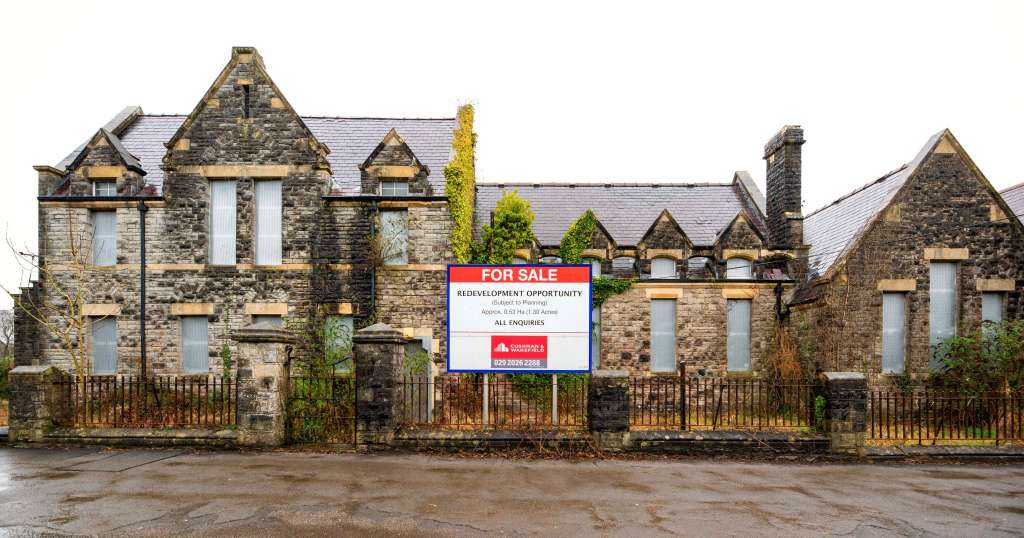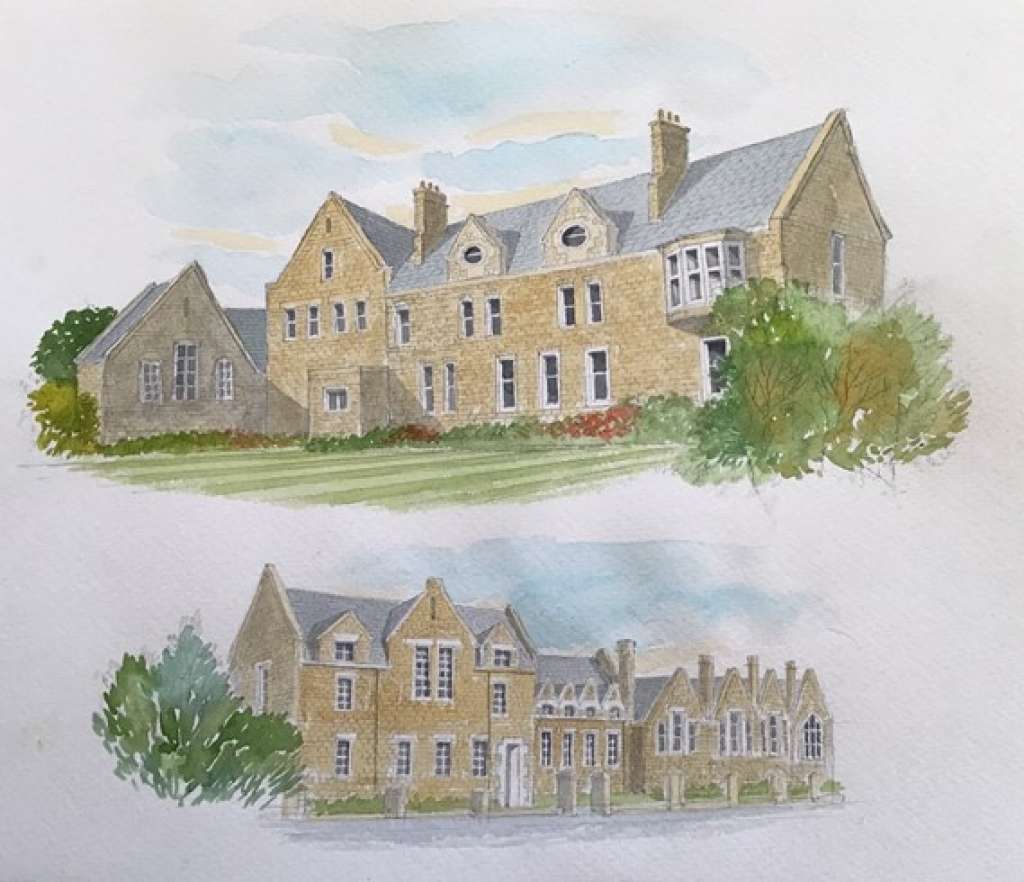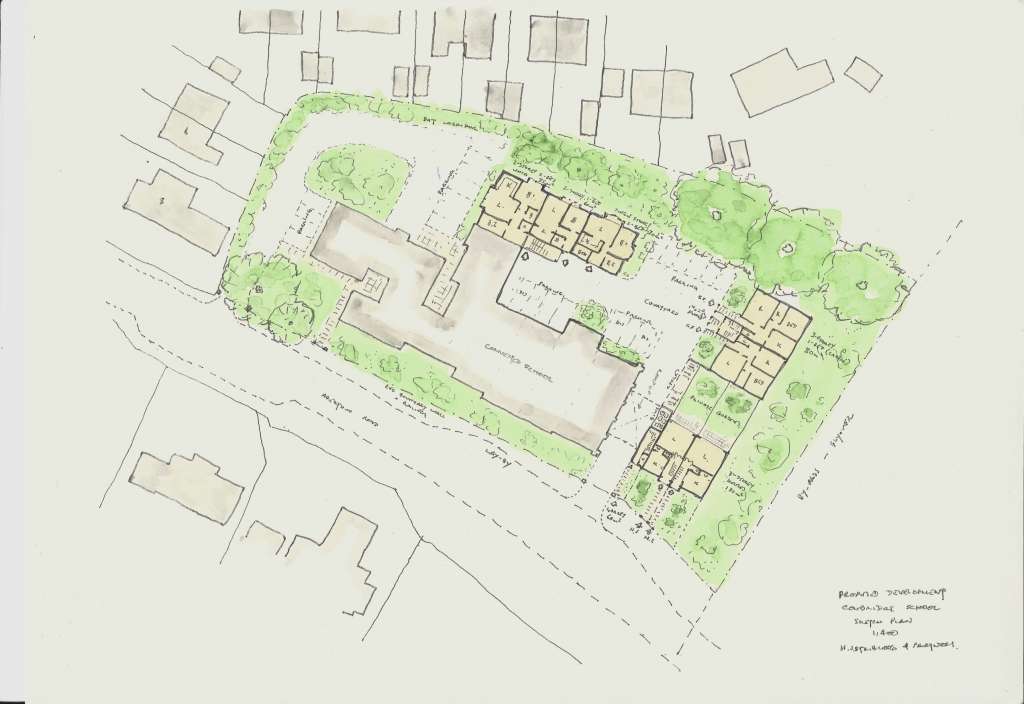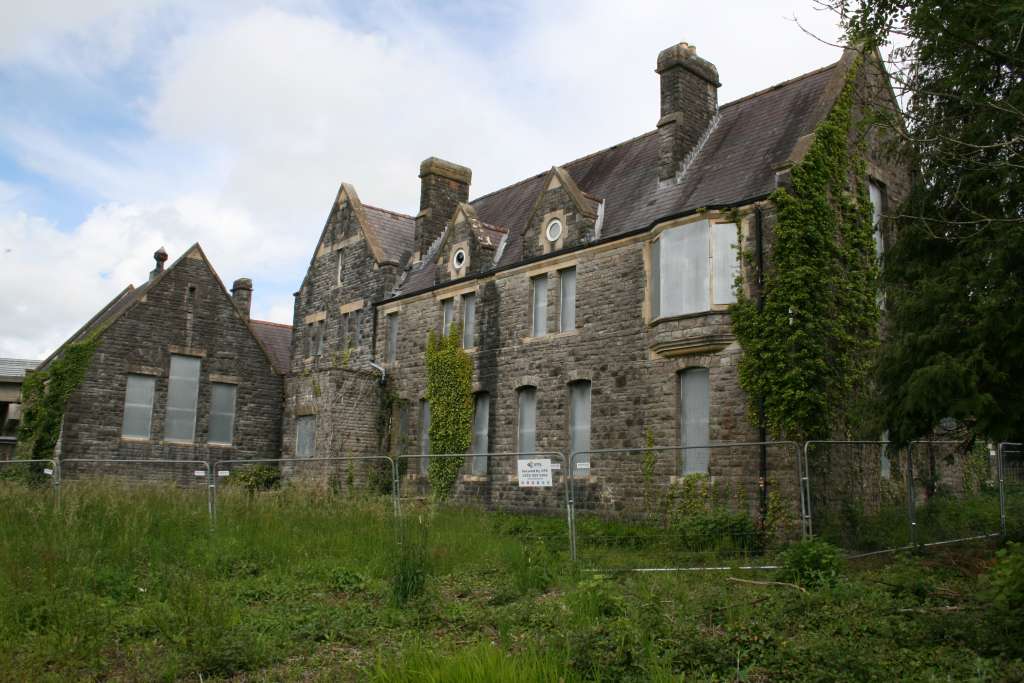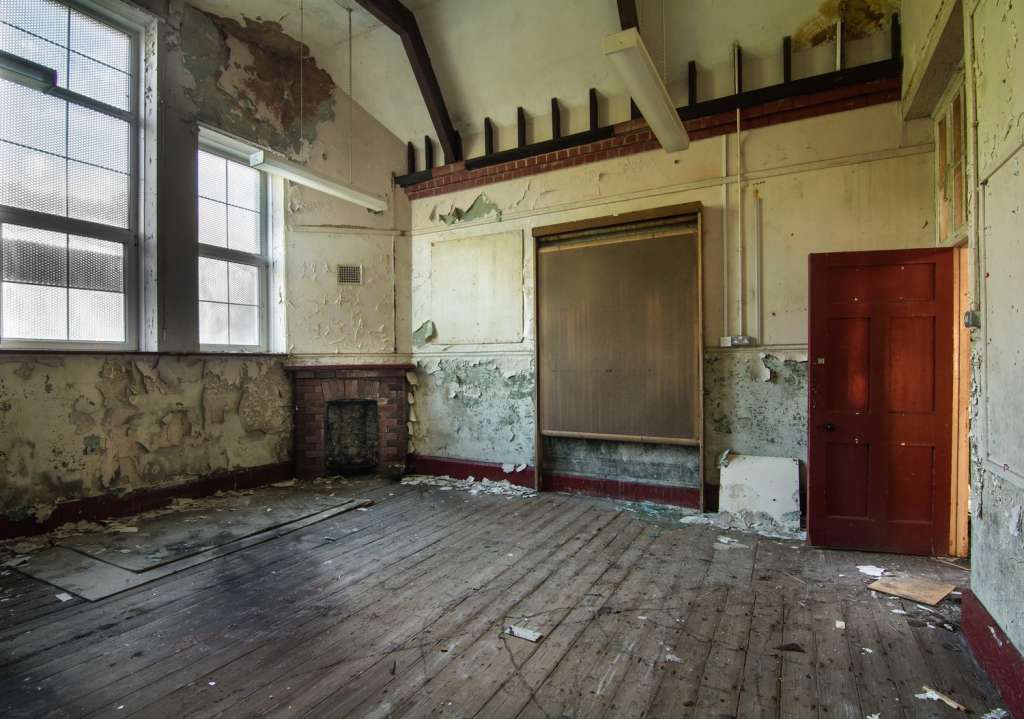PRESS RELEASE: Ministers must act to protect an essential part of Wales’s heritage
11th February 2022
The Welsh Assembly is to debate the listing of an imposing Victorian school threatened with demolition in Cowbridge, Vale of Glamorgan. Ministers will have the opportunity to intervene in the long-running case and debate the case for listing the school, which is thought to be Wales’s first purpose-built girl’s school following the pioneering Welsh Education Act of 1889.
The debate, scheduled for Wednesday 16th February has been triggered by a near-6,000 strong petition organised by local campaign group Save Cowbridge Girls School, calling for preservation of the 1896 school building through listing. It will also be held just days after the UN’s International Day of Woman and Girls in Science, which is being celebrated today, 11th February 2022.
The announcement also means that determination of the current planning application to demolish the school, which was due to be decided by the planning committee on the same day, has now been delayed until 2nd March 2022.
Local housing association Hafod successfully bid to purchase the site in 2018 and has since applied for planning permission to bulldoze and replace the historic but unlisted school with 30 flats and 4 houses. Despite this clear threat and calls from multiple heritage experts, Wales’s heritage advisory body CADW has repeatedly refused to list the building, stating that better examples of the period exist.
Meanwhile, SAVE Britain’s Heritage, working with architect Philip Tilbury has proposed an alternative renovation scheme (full details below) which would see the school converted into 38 apartments, with a small amount of new building in the school grounds.
Marcus Binney, executive president of SAVE Britain’s Heritage, says: “Boarded up windows and a general state of neglect conceal just how handsome this building will look if cleaned up and brought back into use. SAVE 2014 report on historic schools ‘Too good to lose’ shows numerous examples of how other former school buildings, including many in Wales, have been successfully restored and repurposed.”
Tudur Davies, of local campaign group Save Cowbridge Girls' School, says: “There is a great opportunity with this national assembly debate to promote Wales’s pioneering role in the education of women, especially in the field of science. Let this school stand as a monument to our great achievements rather than be lost forever.”
In his foreword to SAVE’s schools report, HRH The Prince of Wales, says: “SAVE’s report highlights those redundant buildings currently at risk, mainly Victorian and Edwardian…Whilst a significant number are listed buildings or stand in conservation areas, many have no statutory protection and are vulnerable to summary demolition. It is vital that we act now to preserve this essential part of our heritage.”
Architect Philip Tilbury says the configuration of the school interior means that the new apartments proposed inside the building under SAVE’s scheme will have much more variety, character and a better outlook than those proposed under Hafod’s plans.
SAVE has also commissioned a painting of the girls’ school by leading watercolour artist Graham Byfield showing the gabled old building as it was and could be again if restored and converted.
The school was a pioneering venture and alma mater to many ex-pupils who have written to SAVE during the campaign in support of its retention.
SAVE’s alternative plans
Hafod Housing Association which is seeking planning permission to level the school has insisted it lacks the funds to preserve the old buildings, and state in their plans that “though conversion is possible, it would result in the provision of very few dwellings.” However, the alternative scheme for retaining the school buildings produced by SAVE shows how it is possible to convert them and deliver more housing than currently proposed through demolishing it.
Working with the architect Philip Tilbury, our alternative scheme for the school site shows a means converting the generous spaces in the old school and building on the land beside will produce an attractive and spacious mix of housing that can conform with the local development plan. It can also provide an equal or better return to Sir Thomas Mansel Franklen Trust, the charity which is selling the site.
Within the large Victorian School building, SAVE’s scheme would see 23 generously sized apartments created. On the adjacent land we have proposed 12 new apartments and two new houses. The new homes are laid out around two separate courtyards to create an intimate village feel.
The proposals avoid tarmac in favour of permeable bonded gravel or block paving for sustainability in managing surface water run-off whilst ensuring safe access for disabled residents. Dwarf walls and railings will complement the street scene. There will be carparking and bike storage as well as pleasant gardens. The new buildings will be lime rendered to harmonise with the stone of the school.
Our conservation-led scheme to retain the existing buildings would provide a more attractive and sustainable solution than the current demolition proposals. Having succeeded in securing similar conversion schemes previously, SAVE is now looking for a sympathetic developer or housing association to take forward the scheme.
History
Cowbridge school opened in September 1896 as the first all-girls school to be built in Wales following the pioneering Welsh Education Act of 1889 and included dormitory accommodation for boarders. Despite the school standing empty since closure in 2011, its original character survives intact to a very high degree, externally and internally. It retains its original plan-form, including extensions added in 1909 in a remarkably sensitive manner.
According to heritage expert Dr Robert Scourfield in his submission to CADW to list the school, “only five comparable (of some 95 in total) schools are listed across Wales. A survey of them all confirms that Cowbridge survives to an equivalent degree to some and to a better degree than others.”
He goes on to say: “Amid its contemporaries, Cowbridge was highly unusual in including accommodation for boarders at the outset and for being funded to a great part, by private patronage (not strictly in the spirit of council-provided education). The architectural style of Cowbridge School is of greater quality than the majority of intermediate schools built across Wales, constructed of carefully-dressed limestone and designed as a picturesque and striking group. Certain details such as the unusual dormers, 'baronial' hostel range (with crow-stepped detail and pretty oriel windows) and prominent corner chimneys, are atypical of the standard 'county' school vocabulary.”
ENDS
Note to editors
1. For more information and images contact Ben Oakley, Conservation Officer at SAVE Britain's Heritage: ben.oakley@savebritainsheritage.org/ 0207 253 3500.
2. See here for our previous Press Release from October 2020.
3. Click here to access the plans drawn up for SAVE’s alternative scheme
4. SAVE Britain’s Heritage is a strong, independent voice in conservation that fights for threatened historic buildings and sustainable reuses. We stand apart from other organisations by bringing together architects, engineers, planners and investors to offer viable alternative proposals. Where necessary, and with expert advice, we take legal action to prevent major and needless losses.

